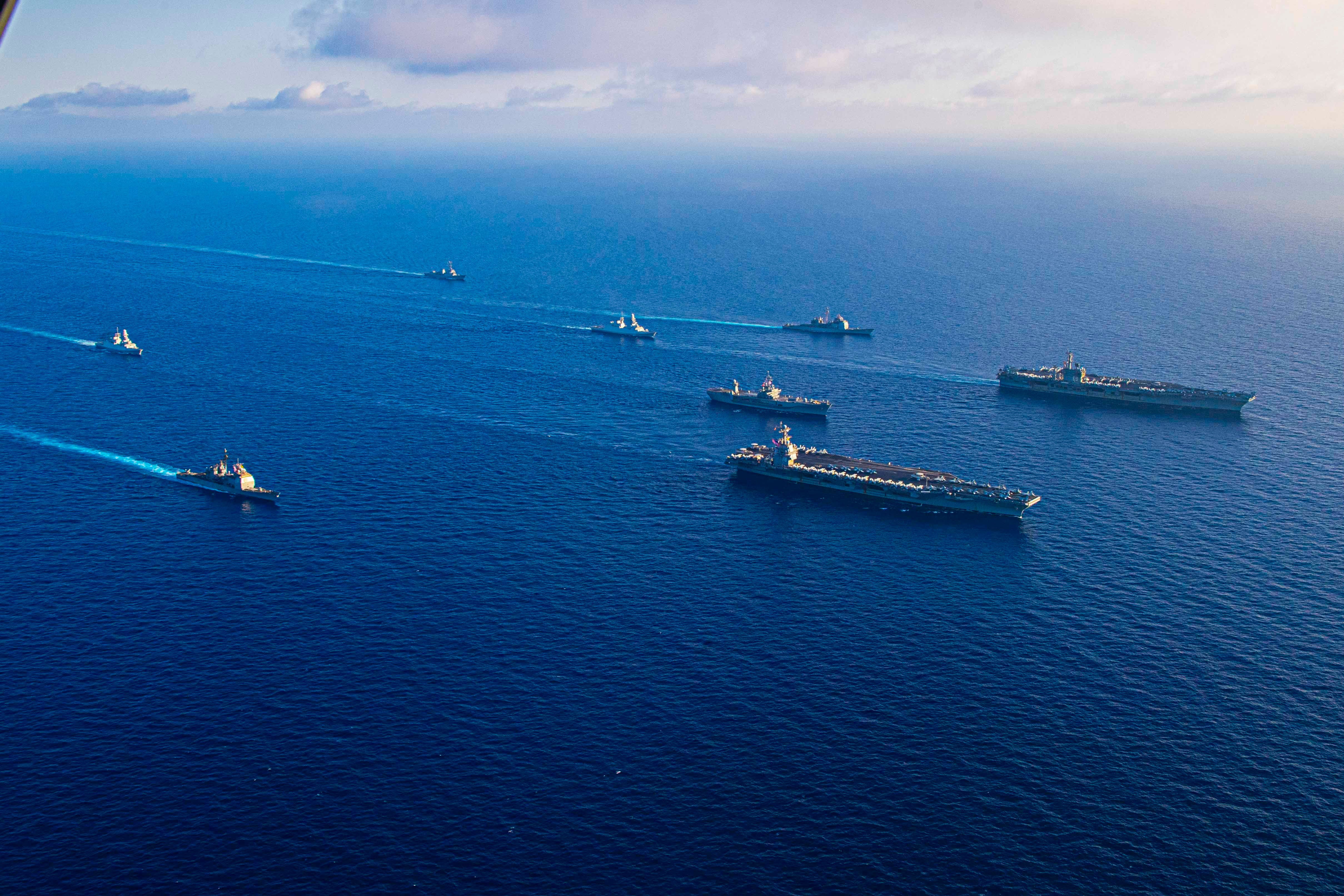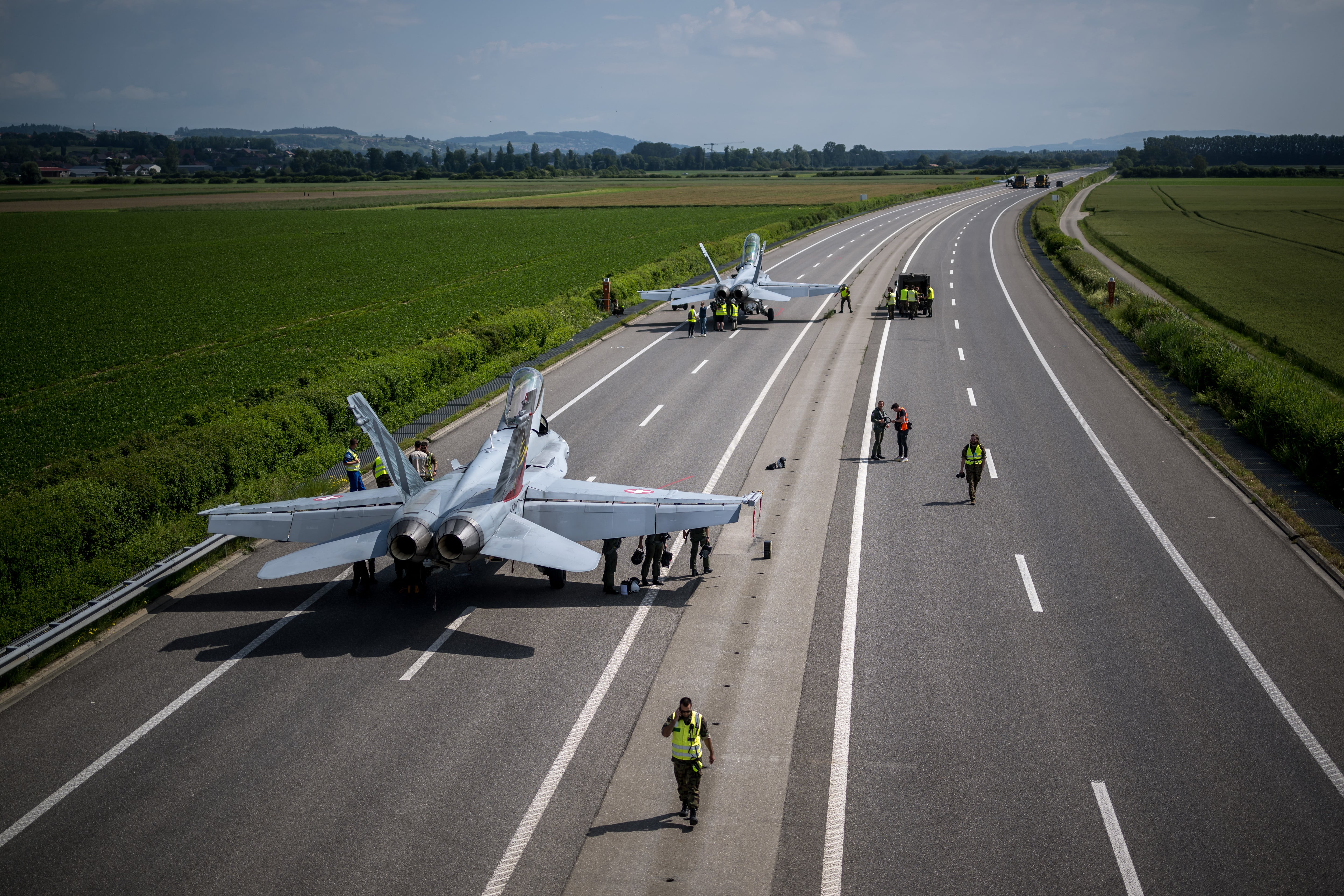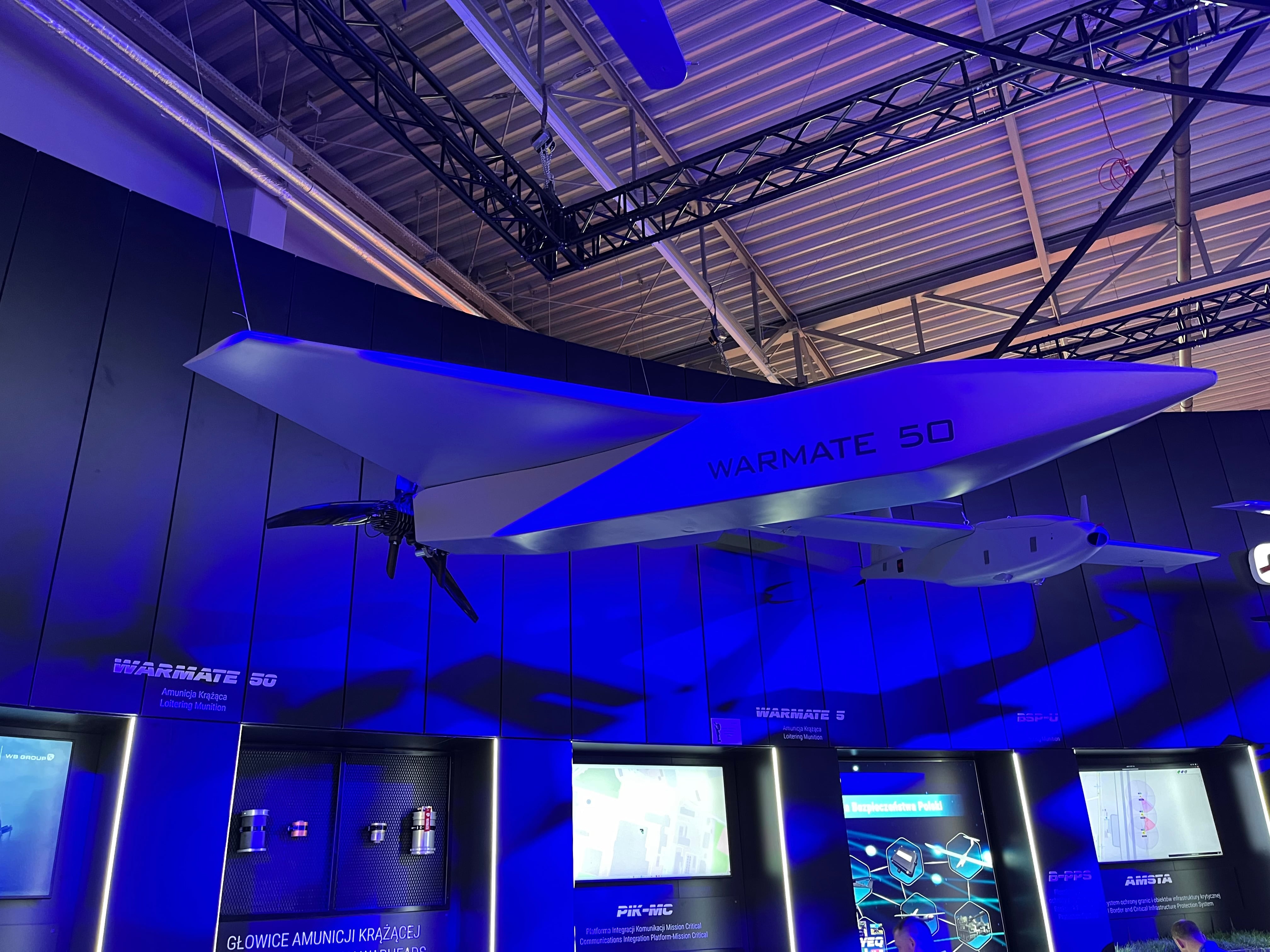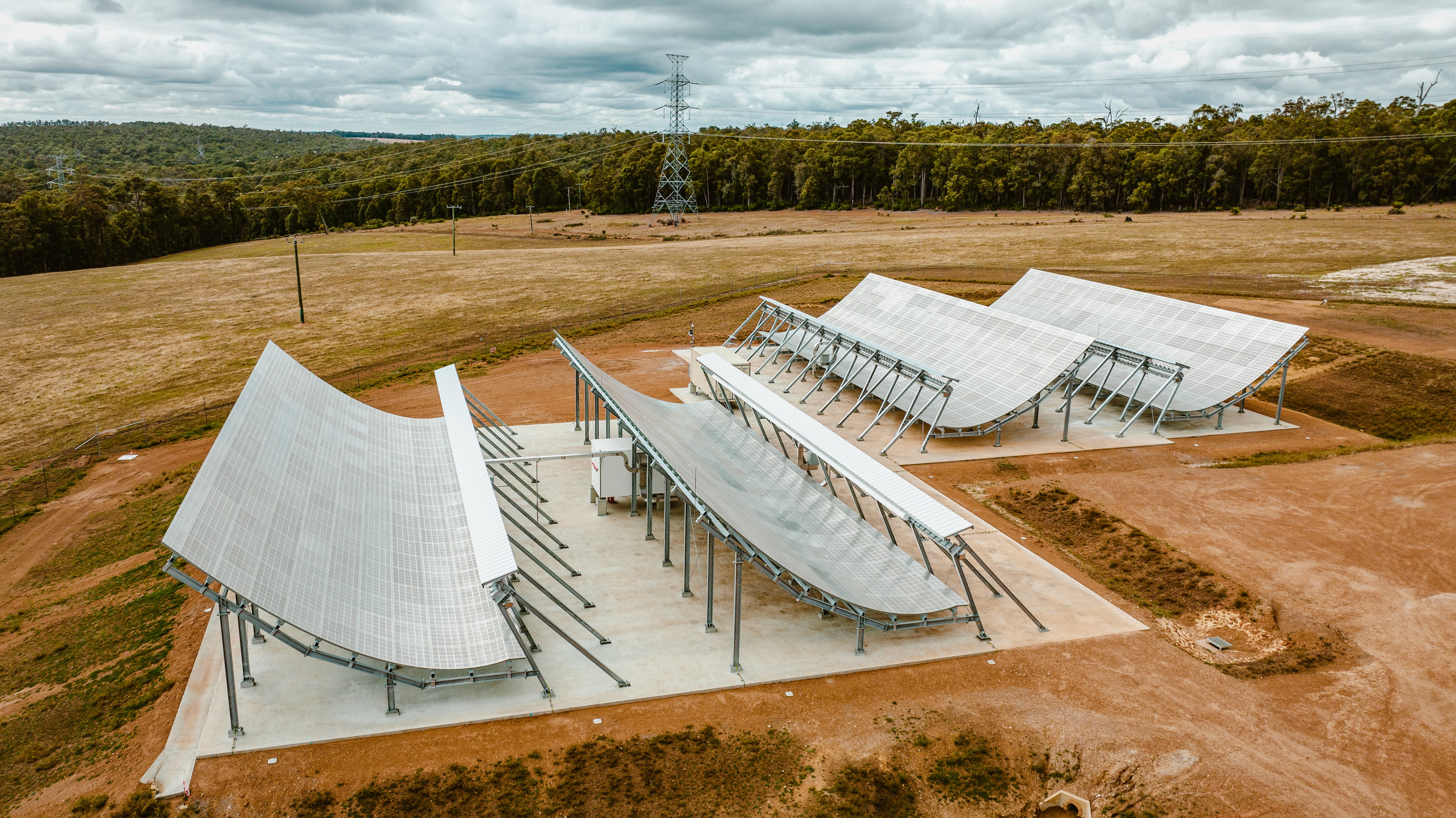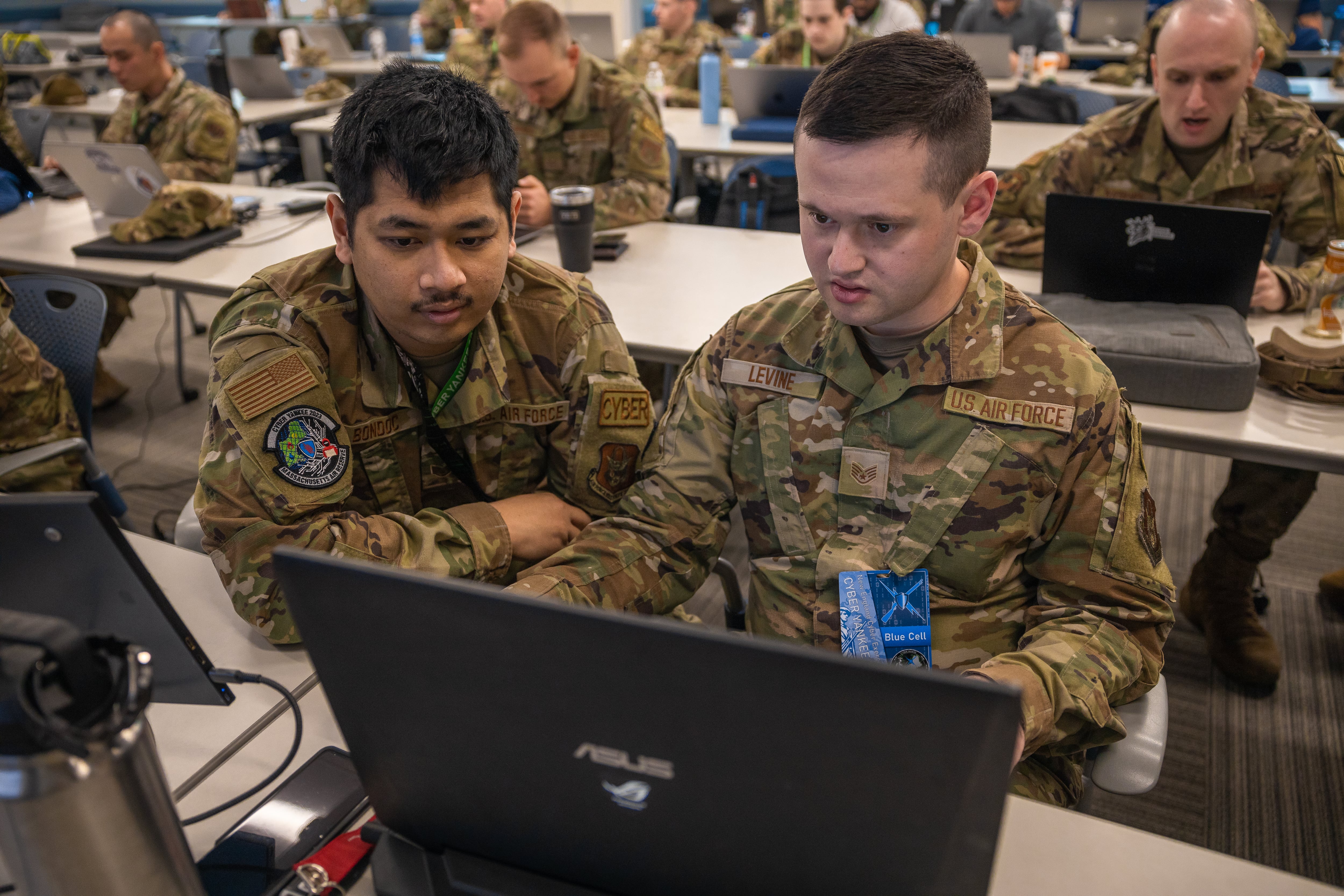The Pentagon is "reasonably certain" that "Jihadi John," the masked Islamic State militant featured in grisly videos beheading Western hostages, was killed by a U.S. drone strike in Syria, a U.S. military spokesman said Friday.
"It's still a little early but we are reasonably certain we killed the target that we intended to kill, which is 'Jihadi John,' " Col. Steve Warren told reporters in a televised briefing from Baghdad. The militant's real name is Mohammed Emwazi.
"It'll take some time of course to formally declare that we have success," Warren added.
Emwazi, a British citizen born in Kuwait in 1988 who would be 26 or 27, became infamous for participating in brutal Islamic State videos in the murders of U.S. journalists Steven Sotloff and James Foley, U.S. aid worker Abdul-Rahman Kassig, British aid workers David Haines and Alan Henning, Japanese journalist Kenji Goto, and a number of other hostages.
Intelligence sources gave the Pentagon "great confidence" that Emwazi was killed in the drone strike late Thursday in the Syrian city of Raqqa, the self-proclaimed capital of the Islamic State, Warren said. Emwazi was in a car at the time of the attack with another individual, who is also believed to have been killed, he added.
"We have been following this target for some time," Warren said. "And when the opportunity presented itself for minimal civilian casualties, we took the shot."
Warren said there is video of the strike, but he did not indicate whether it would be released. He added it was a "relatively routine operation."
While Emwazi was not a major tactical or operational figure, the strike was important because the militant was "something of a ISIL celebrity," Warren said, using an acronym for the group. His death would mean "significant blow to their prestige," he added.
"He was a recruitment tool for that organization," Warren said. "This guy was a human animal, and ... killing him is probably making the world a better place."
A counter-terrorism official told ABC News that Emwazi was hit after he walked out of a building in Raqqa and got into a car. The unidentified official said the direct hit set the car on fire, essentially "evaporating" Emwazi in the explosion.
Even before the Pentagon's confirmation, British Prime Minister David Cameron said Friday that targeting Emwazi was "the right thing to do." He called any successful attack "a strike at the heart of ISIL."
"It will demonstrate to those that would do Britain, our people and allies harm (that) we have a long reach, we have unwavering determination and we never forget about our citizens," he said.
In a statement to ABC News, Foley's parents said they found little "solace" in the targeting of Emwazi. They added they didn't understand "this huge effort to go after this deranged man filled with hate — when they can't make half that effort to save the hostages while these young Americans were still alive. It's unfortunate that the government doesn't get it," the statement said. "They think it gives us solace, but it doesn't."
"Jihadi John" — given the nickname by his hostages — began appearing in Islamic State videos in August 2014. The grisly videos show him dressed in a black hood shrouding his face and brandishing a large knife in front of his victims, who are dressed in orange jumpsuits. In the videos, he makes threats to the U.S. and other Western nations.
Emwazi graduated from the University of Westminster in London with a degree in computer programming in 2009. Born in Kuwait and raised in London, he left the British capital and became a star salesman for a Kuwaiti IT company, the Guardian reported earlier this year.
At some point as a young adult, he traveled to Tanzania for a safari with friends but was detained by authorities, according to the British-based human rights group CAGE. He was taken to a police station, stripped to his underwear and held in a cell for 24 hours, according to a CAGE case file released in February. Emwazi's friends said they believed Emwazi became radicalized because of the Tanzania incident.

